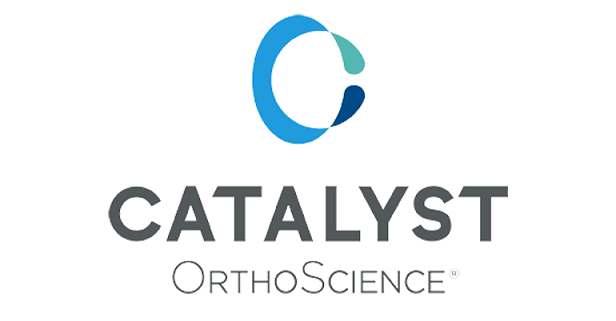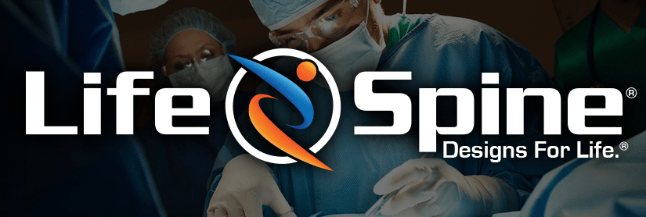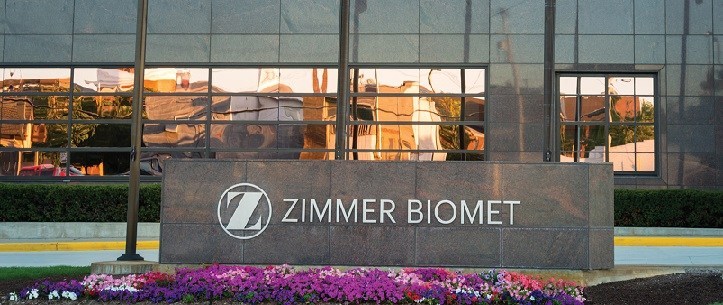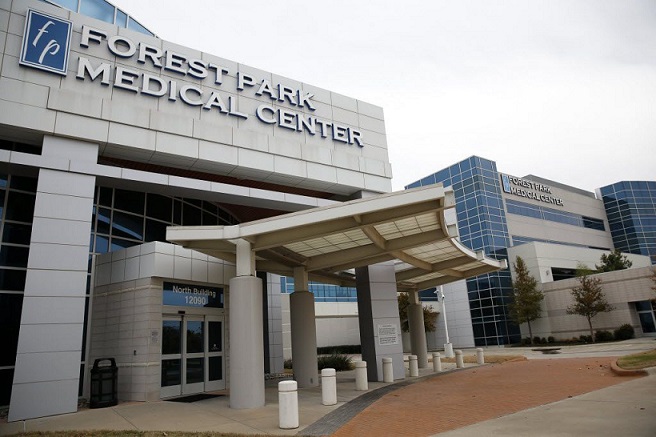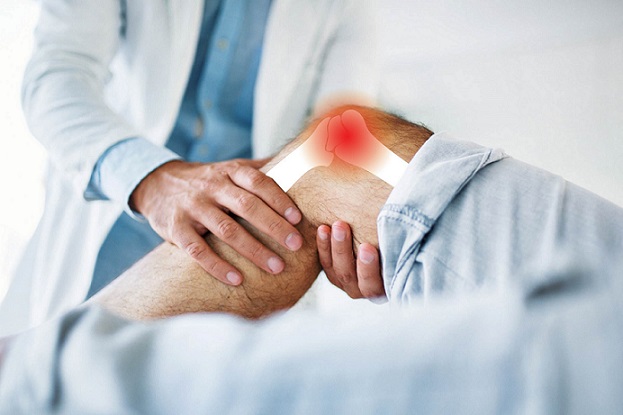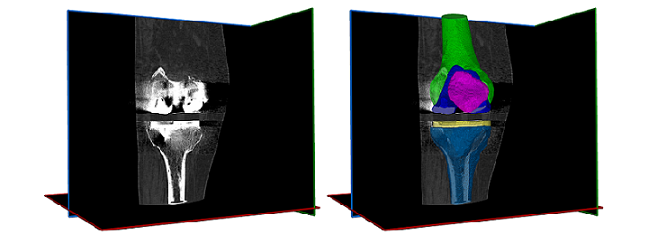Reverse system allows Catalyst to address vast majority of shoulder arthroplasty market; Limited user release expected in Q2 2021
NAPLES, Fla., March 17, 2021 – Catalyst OrthoScience Inc. (Catalyst), a medical device company focused on the upper extremity orthopedics market, has received clearance from the U.S. Food & Drug Administration (FDA) to market its reverse shoulder system. Catalyst expects to begin a limited user release in the United States in the second quarter of 2021 followed by a commercial launch later in 2021.
The addition of the reverse shoulder system allows Catalyst to offer a broader shoulder portfolio and multiple arthroplasty options to shoulder surgeons across the U.S. Reverse shoulder arthroplasty is estimated to encompass more than 60 percent of the shoulder arthroplasty market.
“With the addition of our reverse shoulder system, Catalyst is now addressing the two fastest growing segments of the shoulder arthroplasty market – stemless anatomic and reverse TSA,” said Brian K. Hutchison, chairman and CEO of Catalyst. “This is beneficial for our distributors as well, who can now help surgeons more easily meet the needs of patients.”
Catalyst’s reverse shoulder system is a single-tray arthroplasty system that was engineered to combine the most beneficial and evidence-based attributes of reverse shoulder arthroplasty design. The system offers surgeon-targeted implant positioning, a streamlined and versatile system, and bone sparing implants.
The Catalyst reverse shoulder system is a total shoulder prosthesis designed for patients experiencing severe shoulder arthritis in conjunction with a grossly deficient or non-functional rotator cuff. In a reverse shoulder system, the design is inverted compared to a traditional anatomic total shoulder prosthesis where the articulating sphere is on the glenoid side of the joint and the mating insert is fixed into the humeral stem implant.
Catalyst is one of the fastest-growing players in the anatomic stemless total shoulder arthroplasty market with its Catalyst CSR™ Total Shoulder System. The Catalyst CSR system combines innovative components and unique instrumentation to bring about a precise, accurate restoration of the shoulder. It features a stemless, ellipsoid humeral component that is engineered to accurately replace the elliptical shape of the patient’s native non-spherical humeral head.
About Catalyst OrthoScience Inc.
Catalyst OrthoScience develops innovative medical solutions that make orthopedic surgery less invasive and more efficient for both surgeons and patients. Catalyst was founded in 2014 by orthopedic surgeon Steven Goldberg, M.D., who saw the need to make shoulder replacement surgery less invasive and give patients a more natural-feeling shoulder after surgery.
The Catalyst CSR Total Shoulder System is unique, offering precision and accuracy in shoulder restoration while preserving the patient’s bone and soft tissue. The Catalyst CSR is a single-tray, bone-preserving total shoulder arthroplasty system containing a precision elliptical humeral head and less invasive glenoid component, using patented instrumentation designed for consistent anatomic joint line restoration and glenoid insertion. The Catalyst CSR system can be used in both inpatient and outpatient settings and was cleared for use by the FDA in 2016.
Catalyst OrthoScience has a growing portfolio of U.S. patents with several more pending nationally and internationally. The company is headquartered in Naples, Fla., and its products are available across the U.S. For additional information on the company, please visit www.CatalystOrtho.com/.

